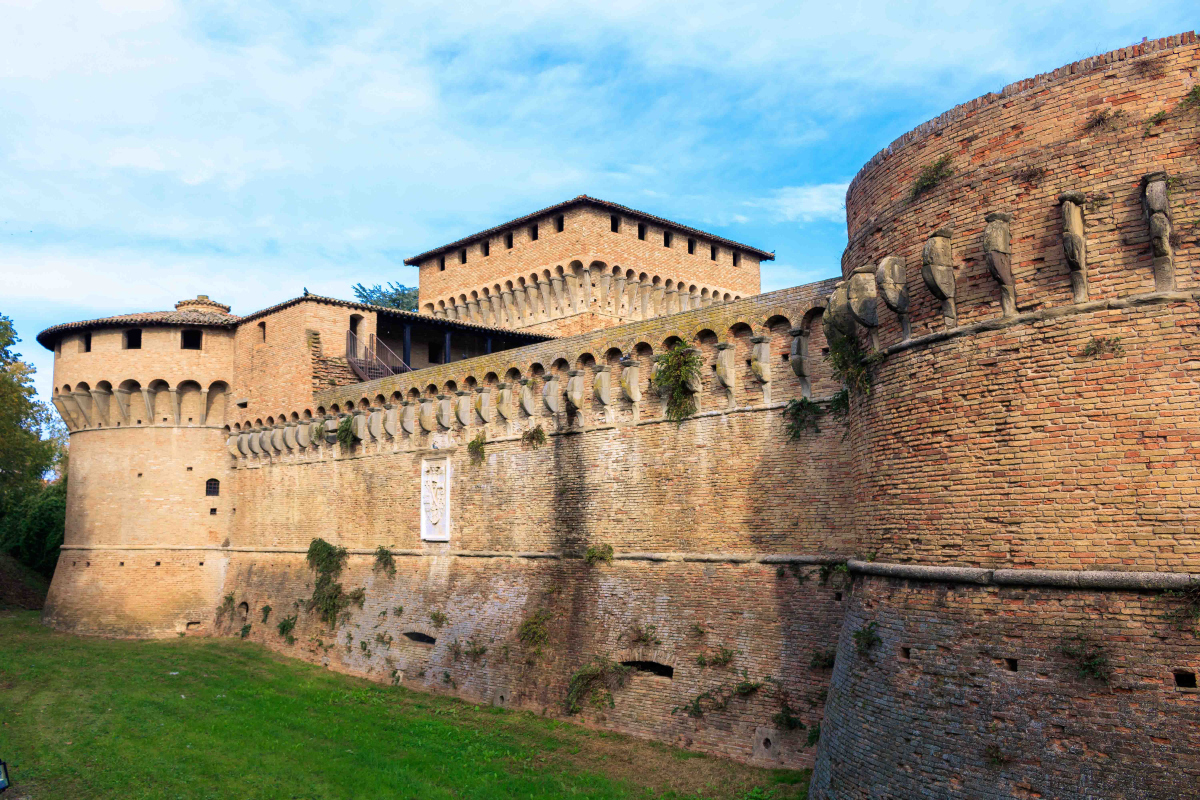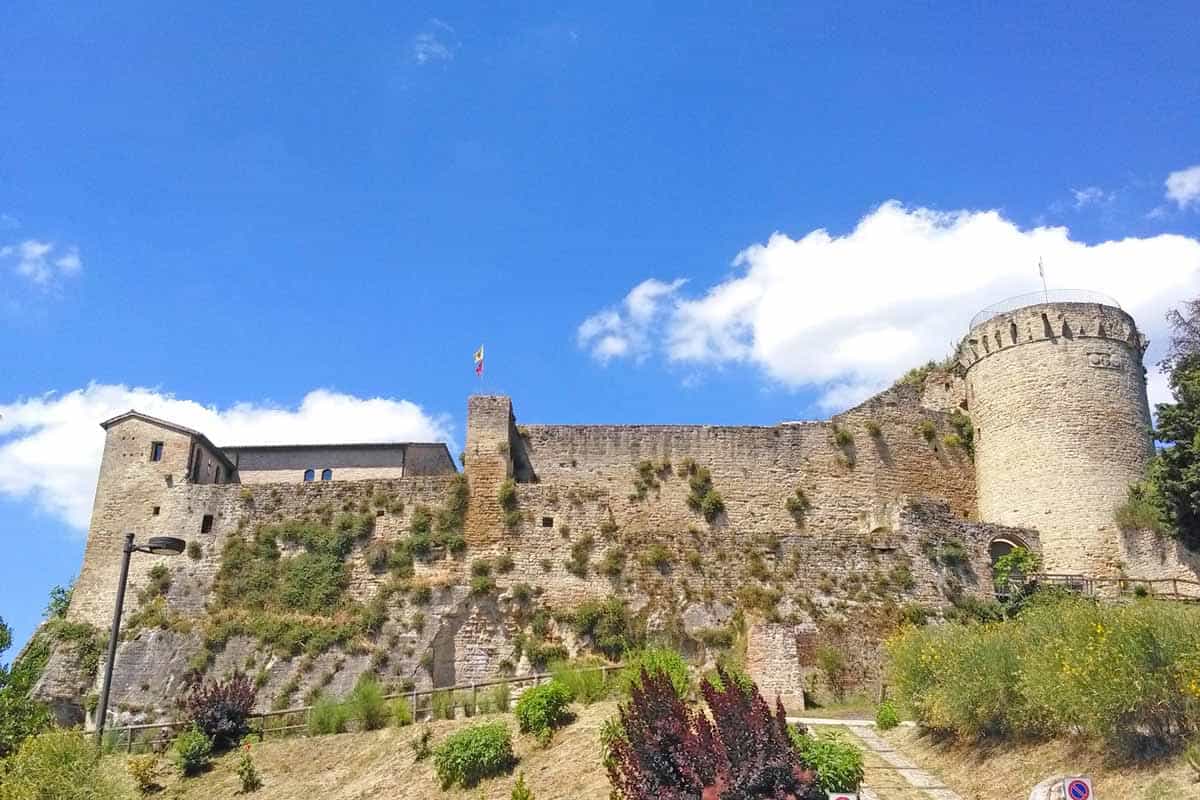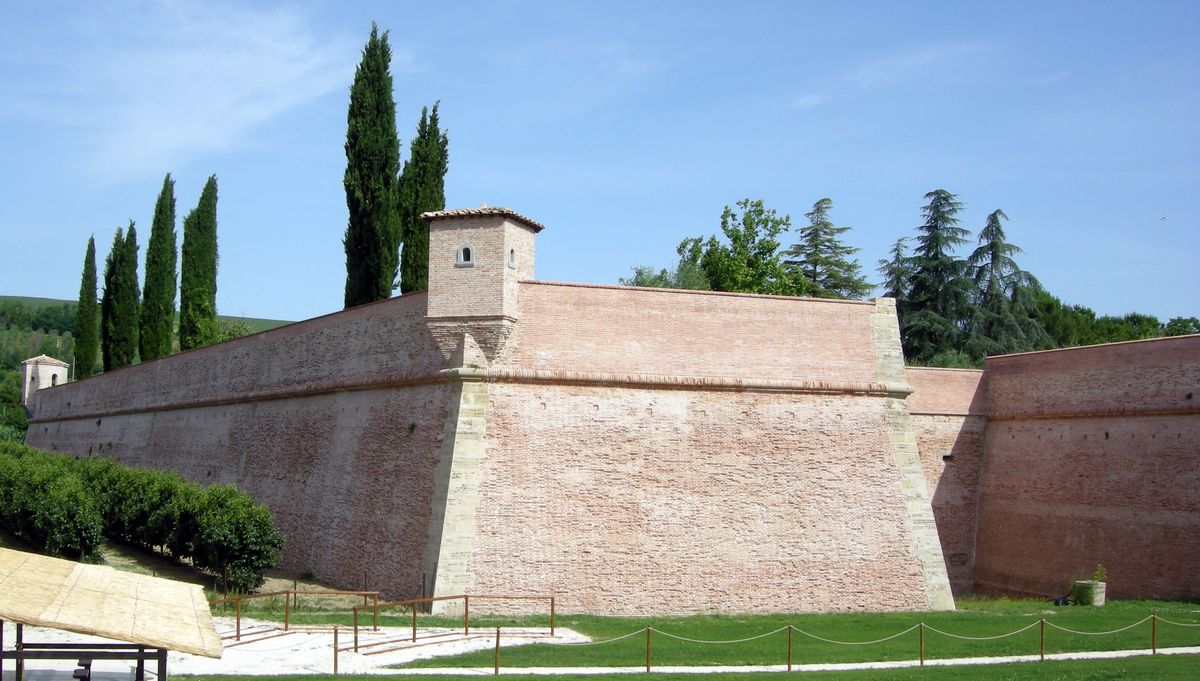
The “The Medici Fortresses of Romagna” itinerary explores the fortified villages and extraordinary works of Renaissance engineering that dot Tuscan Romagna, once a border territory between the Lordships of Romagna and the Florentine one, ruled by the Medici since 1434. This historical region, also known as Florentine Romagna, geographically and culturally part of Romagna, was under the rule of Florence from the end of the fifteenth century until 1923. Located on the Adriatic side of the Tuscan-Romagna Apennines, Tuscan Romagna is today characterised by solitary fortresses and towers, once strategically positioned along the fundamental communication routes to connect Tuscany to Northern Italy.
These fortresses, which rose to combat smuggling and control trafficking, were built between the end of the fourteenth century and the beginning of the fifteenth century on the initiative of Florence, through acquisitions, military conquests and relationships of subservience. The conquest of the territory was gradual, extending from the peaks of the Apennines towards the Po Valley. The fortresses of Premilcuore, Portico and San Benedetto in Alpe, San Casciano, Dovadola, Modigliana and Ceparano were among the first to pass under Florentine control. In the Renaissance, these structures were the subject of intense restoration and improvement works, thanks to the intervention of the Medici family, who governed the Tuscan Lordship.
In 1403, when the Florentine territories in Romagna had acquired their own physiognomy, Florence designated Castrocaro as its capital and named the territories Provinciae Florentinae in partibus Romandiolae. The itinerary culminates in Terra del Sole, founded in 1564 near Castrocaro, just 6 km from Forlì. This masterpiece of Renaissance engineering was created to ensure strict control of the region, concentrating jurisdictional powers in the hands of a trusted official of Cosimo I de’ Medici.
The itinerary also includes the Fortresses of Forlì and Forlimpopoli, linked to the figure of Caterina Sforza, who married Giovanni de’ Medici, grandson of Lorenzo the Magnificent, in her third marriage. For the Rocca di Ravaldino, Caterina Sforza commissioned major expansion interventions, entrusting them to the Florentine architect Mastro Giorgio Fiorentino, known for his experience in the design of fortresses.
This itinerary offers a privileged look at a crucial part of Romagna’s history, highlighting the strategic and cultural role of the Medici fortifications, a symbol of the power and engineering of the Italian Renaissance.
TECHNICAL INFO
Distance:

